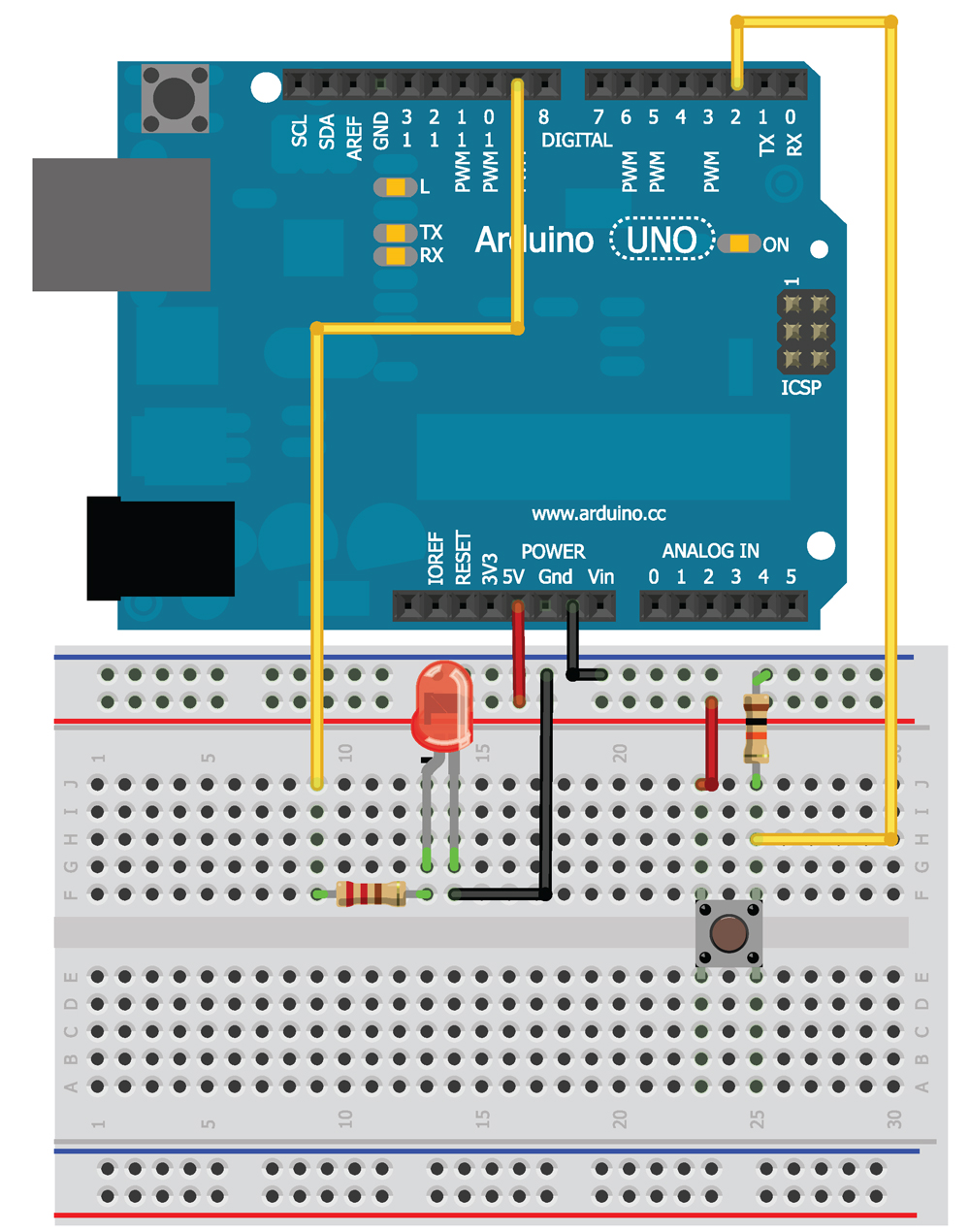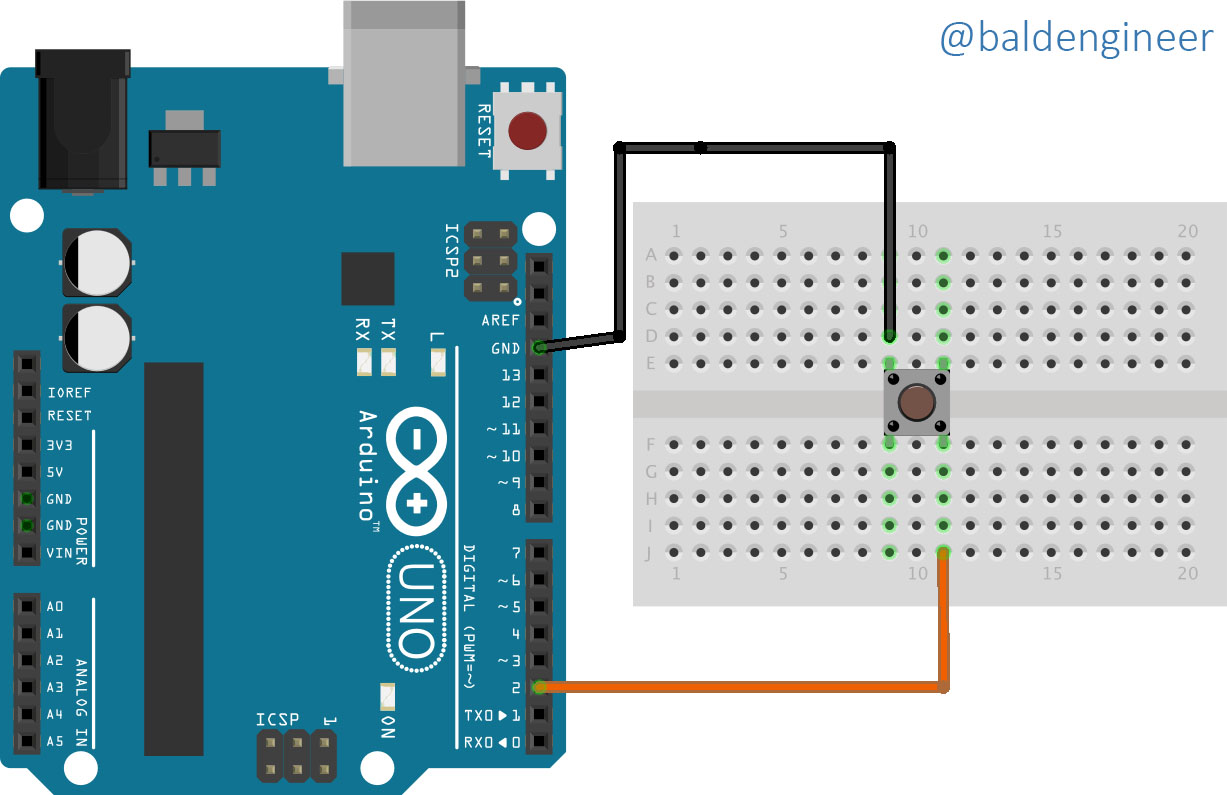
This needs to be wrapped in quotes! Defaults to Initial_value ( Optional, string): The value with which to initialize this variable if the stateĬan not be restored or if state restoration is not enabled. See esp8266_restore_from_flash for details. This will use storage in “RTC memory”, so it won’t survive a power-cycle unless you use the esp8266_restore_from_flash option to save to flash. Restore_value ( Optional, boolean): Whether to try to restore the state on boot up.īe careful: on the ESP8266, you only have a total of 96 bytes available for this! Defaults to no. Int (for integers), float (for decimal numbers), int for an array of 50 integers, etc. Type ( Required, string): The C++ type of the global variable, for example bool (for true/ false), Id ( Required, ID): Give the global variable an ID so that you can refer Let’s look at an exampleīinary_sensor : - platform : gpio name : "Cover End Stop" id : top_end_stop cover : - platform : template name : Living Room Cover lambda : !lambda |- if (id(top_end_stop).state) ESP_LOGD(TAG, "%s: %d", id(my_global_string), id(my_global_int)) If for example you want to only perform a certainĪutomation if a certain complex formula evaluates to true, you can do that with templates. With templates inside ESPHome, you can do almost everything. For the cases where the “pure” YAML automations don’t work,ĮSPHome has another extremely powerful tool to offer: Templates. They’re a powerful tool to automate almostĮverything on your device with an easy-to-use syntax. Now that concludes the introduction to automations in ESPHome. In the first example, this range is defined as “any value above or includingĦ5.0”, and the second one refers to once the humidity reaches 50% or below. That’s a lot of indentation 😉 on_value_range is a special trigger for sensors that trigger when the value output Sensor : - platform : dht humidity : name : "Living Room Humidity" on_value_range : - above : 65.0 then : - switch.turn_on : dehumidifier1 - below : 50.0 then : - switch.turn_off : dehumidifier1 temperature : name : "Living Room Temperature" Hopefully a bit easier to read and understand than Home Assistant’s.įor example, this configuration would achieve your desired behavior: With it, youĬan write some basic (and also some more advanced) automations using a syntax that is That’s why, starting with ESPHome 1.7.0, there’s a new automation engine. Ideally the IoT should work without an internet connection and should not break with

You could write an automation to do this task in Home Assistant’s automation engine, but
#Arduino delay 30 seconds install
That’s why you haveĭecided to also install a simple push button next to the dehumidifier on pin GPIO4.Ī simple push on this button should toggle the state of the dehumidifier. But in many cases,Ĭontrolling everything strictly from the frontend is quite a pain.


Of the dehumidifier in your living room from Home Assistant’s front-end. With this file you can already perform some basic tasks. Switch : - platform : gpio pin : GPIO3 name : "Living Room Dehumidifier" binary_sensor : - platform : gpio pin : GPIO4 name : "Living Room Dehumidifier Toggle Button"


 0 kommentar(er)
0 kommentar(er)
